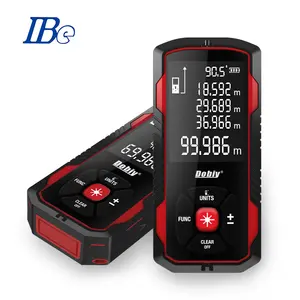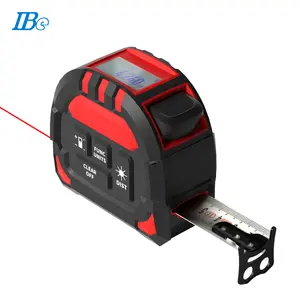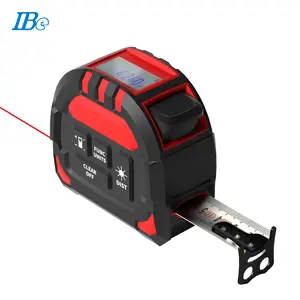The journey of measurement tools is a testament to human ingenuity, tracing back to ancient times when the first units like the cubit were developed, using the human body as a reference. This rudimentary approach gave rise to names for measurement standards still recognized today, such as the inch, foot, and yard. Over time, these tools have evolved significantly.
Measuring wheels, known by various names such as surveyor’s wheel or hodometer, have been instrumental since the 1600s. Originating from Ancient Greece, these wheels were initially crafted from wood and iron, resembling wagon wheels made by wheelwrights.
Wood rulers, dating back to 2650 B.C., have been a fundamental tool for measuring length and assisting in drawing lines. The folding rule, which emerged in the 19th century, offered a portable solution for tradespeople to draw straight lines without additional tools.
The steel measuring tape revolutionized the industry with its flexibility and compact design. Improving upon a design from the early 19th century, it introduced a locking mechanism that set the stage for modern retractable measuring tapes.
Despite the technological advancements, the essence of measurement tools remains rooted in their historical functions, with modern instruments offering enhanced accuracy and durability. This evolution sets the context for the emergence of laser distance meters, which represent the latest chapter in the story of measurement tools.




















 浙公网安备 33010002000092号
浙公网安备 33010002000092号 浙B2-20120091-4
浙B2-20120091-4